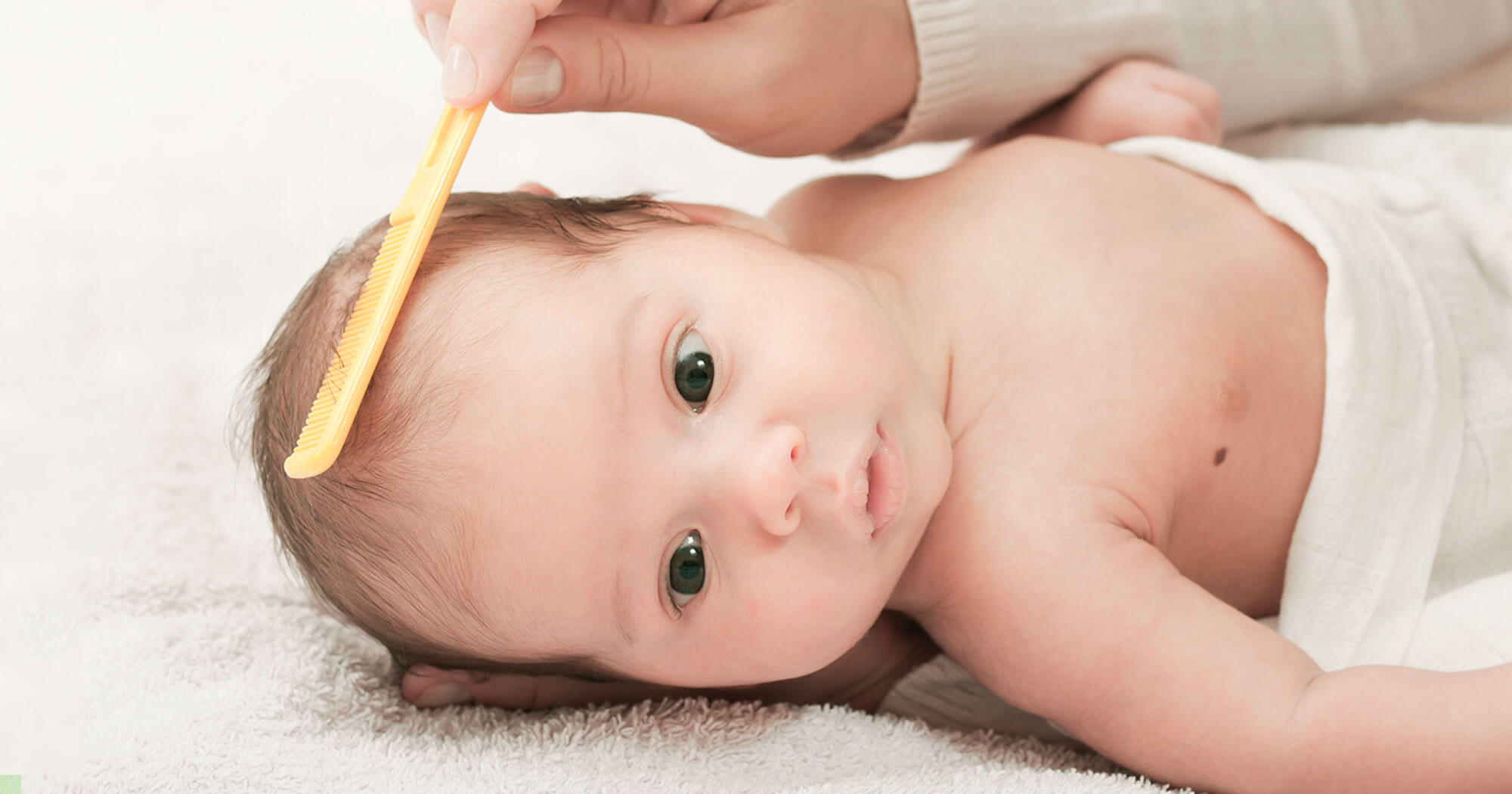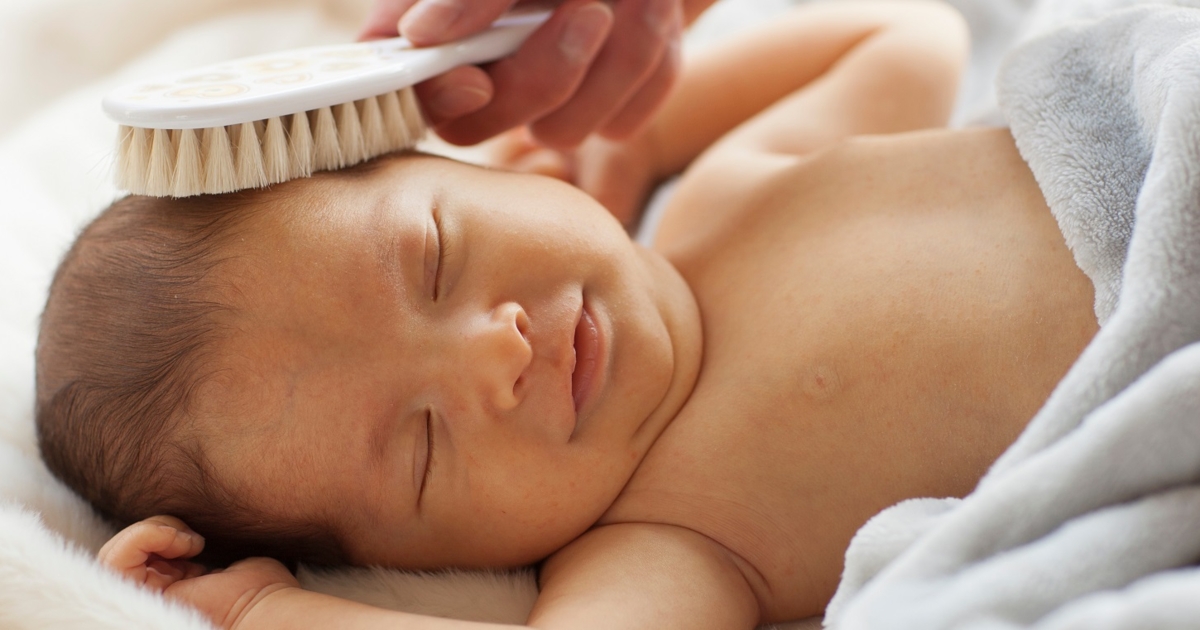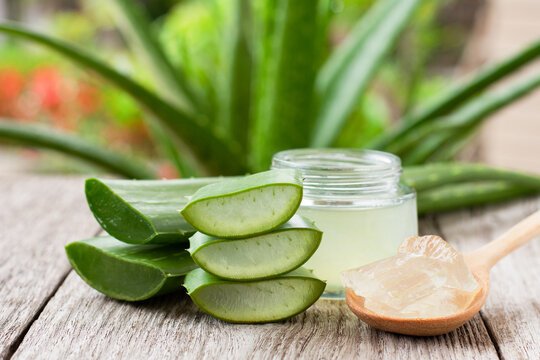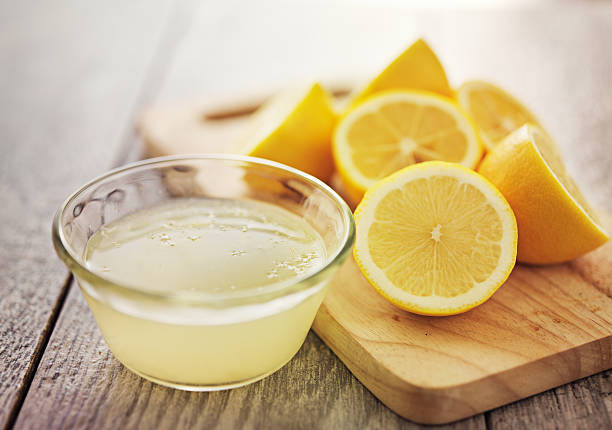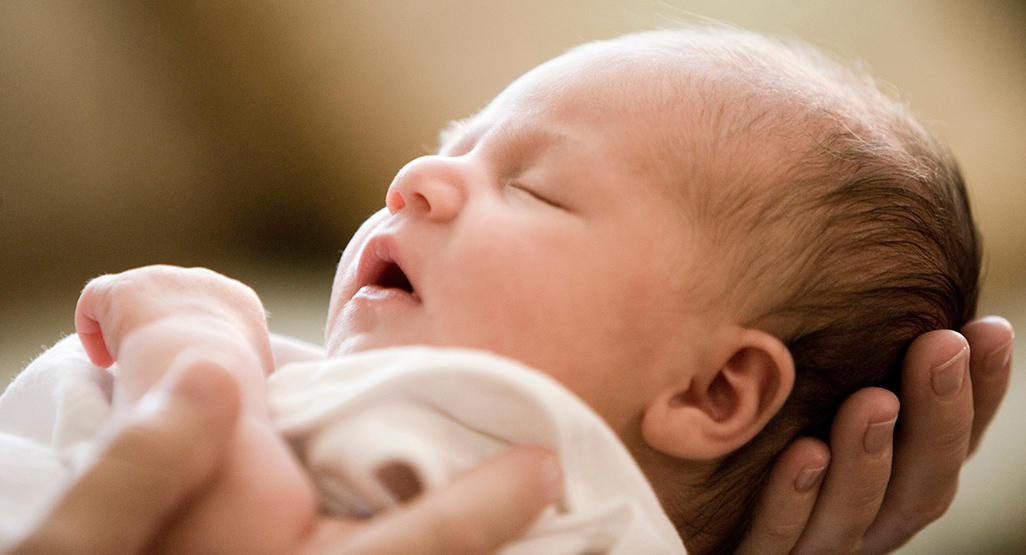Babies’ hair growth rate is largely determined by individual factors and genetics. At birth, some have lots of hair on their head, while others don’t. Even those born with hair also lose hair shortly after the delivery. This is normal and not an indication of any underlying health problem. Such a newborn’s hair regrows later. But parents are eagerly anticipating the growth and development of their little ones, including the growth of their delicate strands of hair. In this blog, we will discuss ten natural oils that have long been used for their nourishing and stimulating properties, aiding in faster hair growth.
Let’s have a look at the list of ten natural oils for faster and healthier baby hair growth.
Coconut Oil
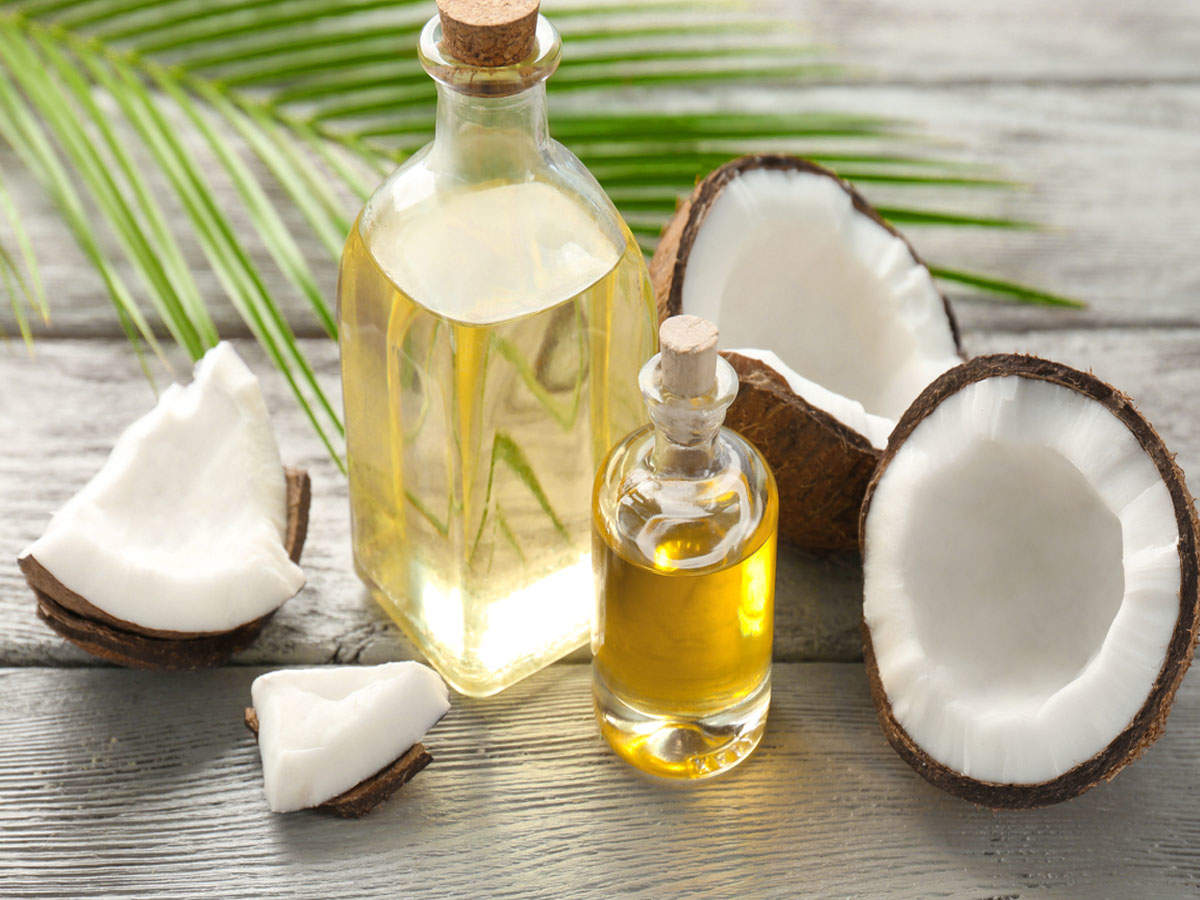
Coconut oil, renowned for its versatility and numerous benefits, is also a powerful aid in promoting baby hair growth. Rich in fatty acids and nutrients, it penetrates deep into the scalp, nourishing the hair follicles and preventing dryness and breakage. Regular application through gentle massages can stimulate the hair growth process and leave your baby’s locks soft, shiny, and healthy.
Jojoba Oil

Jojoba oil, closely resembling the natural sebum produced by the skin, is a gentle and effective option for enhancing baby hair growth. Its moisturizing properties help prevent scalp dryness, thereby creating an optimal environment for hair growth. By gently massaging the scalp with diluted jojoba oil, you can promote blood circulation, strengthen hair follicles, and encourage healthier and more robust hair growth in your little one.
Almond Oil
Known for its nourishing and emollient properties, almond oil is a popular choice for promoting hair growth in babies. This oil is rich in vitamins, minerals, and healthy fats that support hair health and strength. By regularly applying almond oil to your baby’s scalp, you can provide essential nutrients, prevent hair breakage, and stimulate hair growth for a fuller and more vibrant head of hair.
Olive Oil
Olive oil, a kitchen staple with impressive skincare benefits, can also work wonders for baby hair growth. Its moisturizing properties help combat dryness and nourish the scalp, promoting healthier hair growth. Regular application of extra virgin olive oil to your baby’s scalp can strengthen the hair follicles, reduce scalp inflammation, and improve hair texture, resulting in faster and healthier hair growth.
Avocado Oil
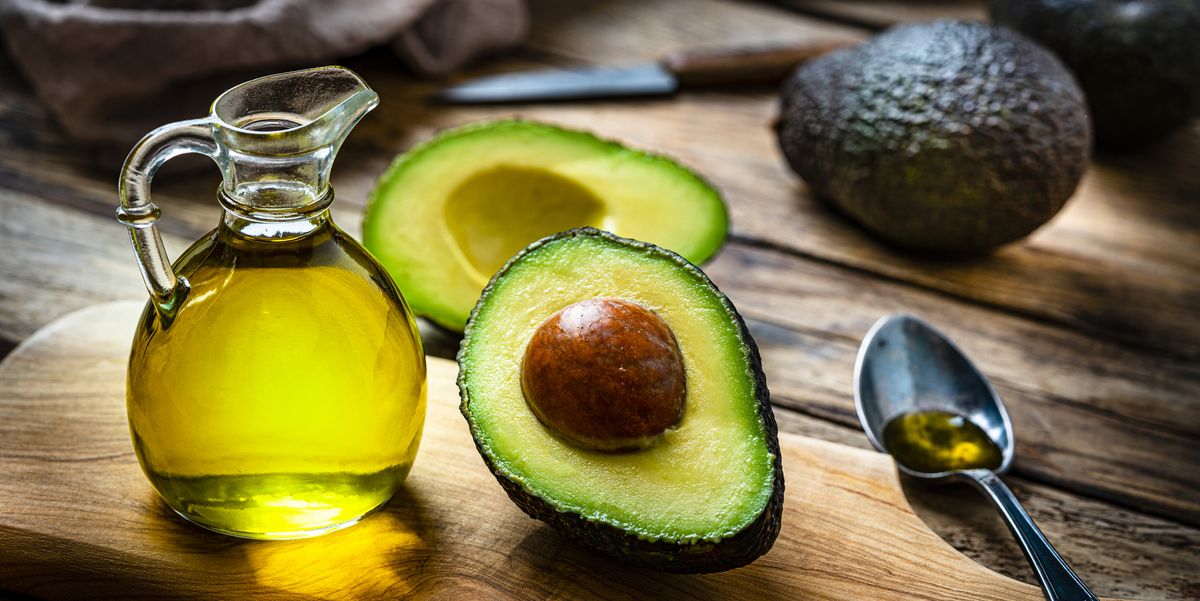
Avocado oil, derived from nutrient-dense fruit, is a powerhouse of vitamins, minerals, and fatty acids that promote healthy hair growth. Its deeply moisturizing properties nourish the scalp, reduce scalp inflammation, and improve hair strength and elasticity. By gently massaging avocado oil onto your baby’s scalp, you can provide essential nutrients for optimal hair growth, resulting in thicker, shinier, and faster-growing locks.
Castor Oil
Castor oil has long been celebrated for its impressive hair growth properties, making it a valuable addition to your baby’s hair care routine. It is packed with ricinoleic acid, which has antimicrobial properties and can help combat scalp infections and promote a healthy environment for hair growth. Regular application of castor oil through gentle scalp massages can stimulate blood circulation, strengthen hair follicles, and enhance the rate of hair growth.
Argan Oil
Argan oil, often referred to as “liquid gold,” is derived from the kernels of the argan tree and is highly regarded for its nourishing and hydrating properties. It contains essential fatty acids, antioxidants, and vitamin E, which promote hair growth, repair damaged hair, and provide a healthy environment for new hair growth. Applying a few drops of argan oil to your baby’s scalp can help stimulate hair follicles and encourage faster and healthier hair growth.
Rosemary Oil
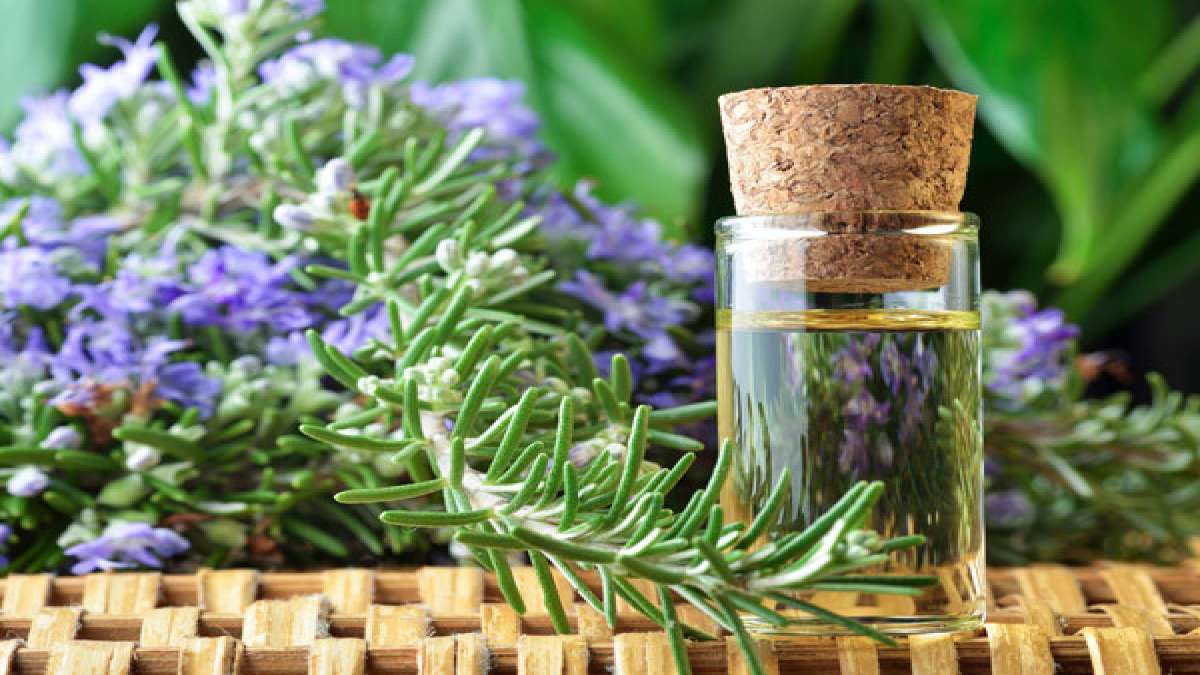
Rosemary oil, derived from the aromatic herb, is a popular choice for promoting hair growth and scalp health. It stimulates blood circulation, strengthens hair follicles, and helps prevent dandruff and scalp dryness. Diluting rosemary oil with carrier oil and gently massaging it into your baby’s scalp can invigorate hair growth, leaving their locks thicker, shinier, and more voluminous.
Also read: Natural Home Remedies To Eliminate Baby Dandruff
Lavender Oil
Lavender oil, with its calming and soothing properties, can also aid in promoting baby hair growth. While scientific evidence on its direct effect on hair growth is limited, lavender oil’s ability to relax the scalp and reduce stress may indirectly support a healthy hair growth environment. Using diluted lavender oil for gentle scalp massages can help create a soothing experience for your baby, potentially contributing to a healthy hair growth journey.
Grapeseed Oil
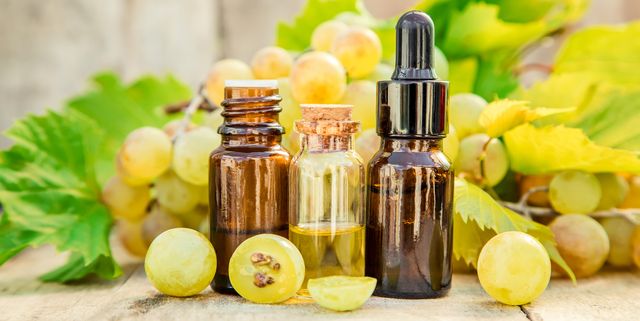
Grapeseed oil, extracted from the seeds of grapes, is a lightweight oil that offers numerous benefits for baby hair growth. It is rich in antioxidants, vitamins, and minerals that nourish the scalp, strengthen hair follicles, and promote healthy hair growth. Applying a few drops of grapeseed oil to your baby’s scalp can help moisturize, condition, and support optimal hair growth.
Conclusion
Incorporating natural oils into your baby’s hair care routine can work wonders in boosting their hair growth. The ten miracle oils discussed above offer a wide range of benefits to nourish and stimulate hair growth. However, it is crucial to prioritize your baby’s safety by conducting patch tests, utilizing gentle massage techniques, and seeking professional advice if needed.


